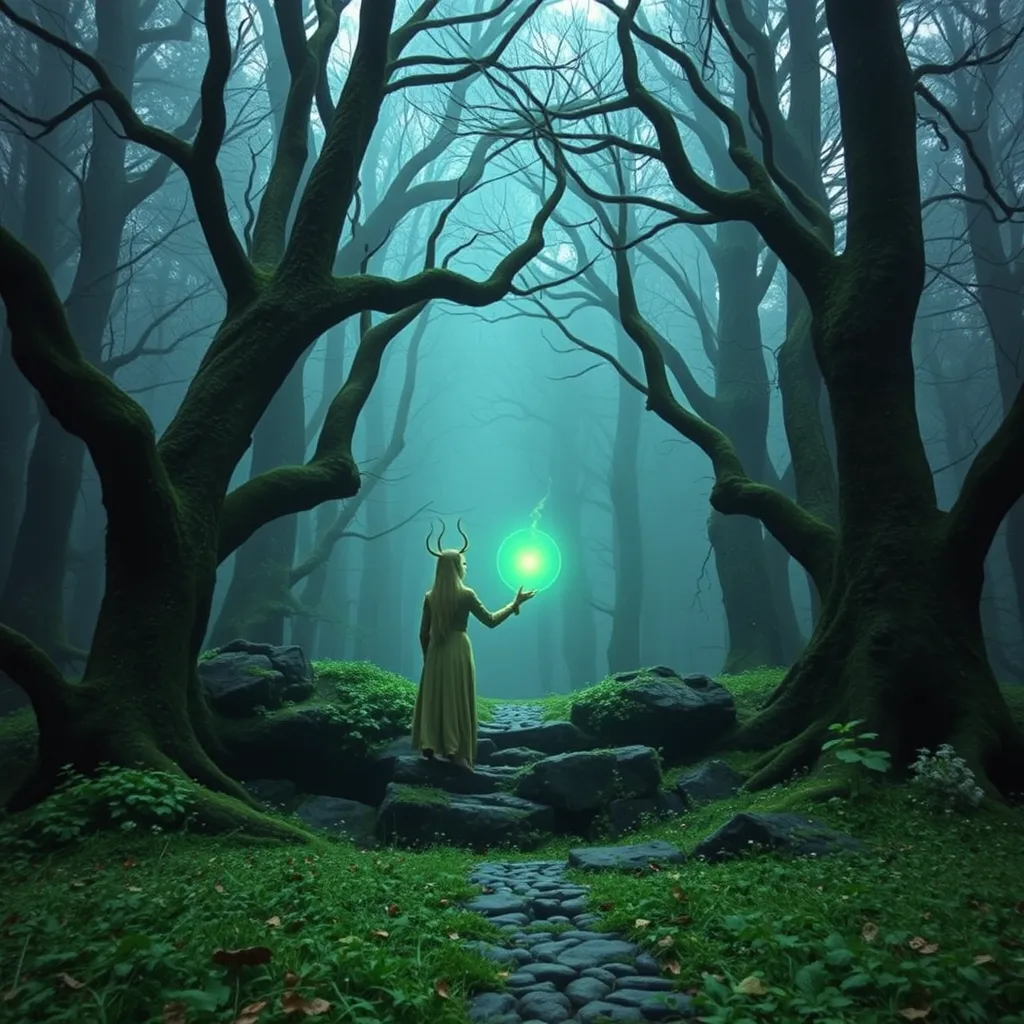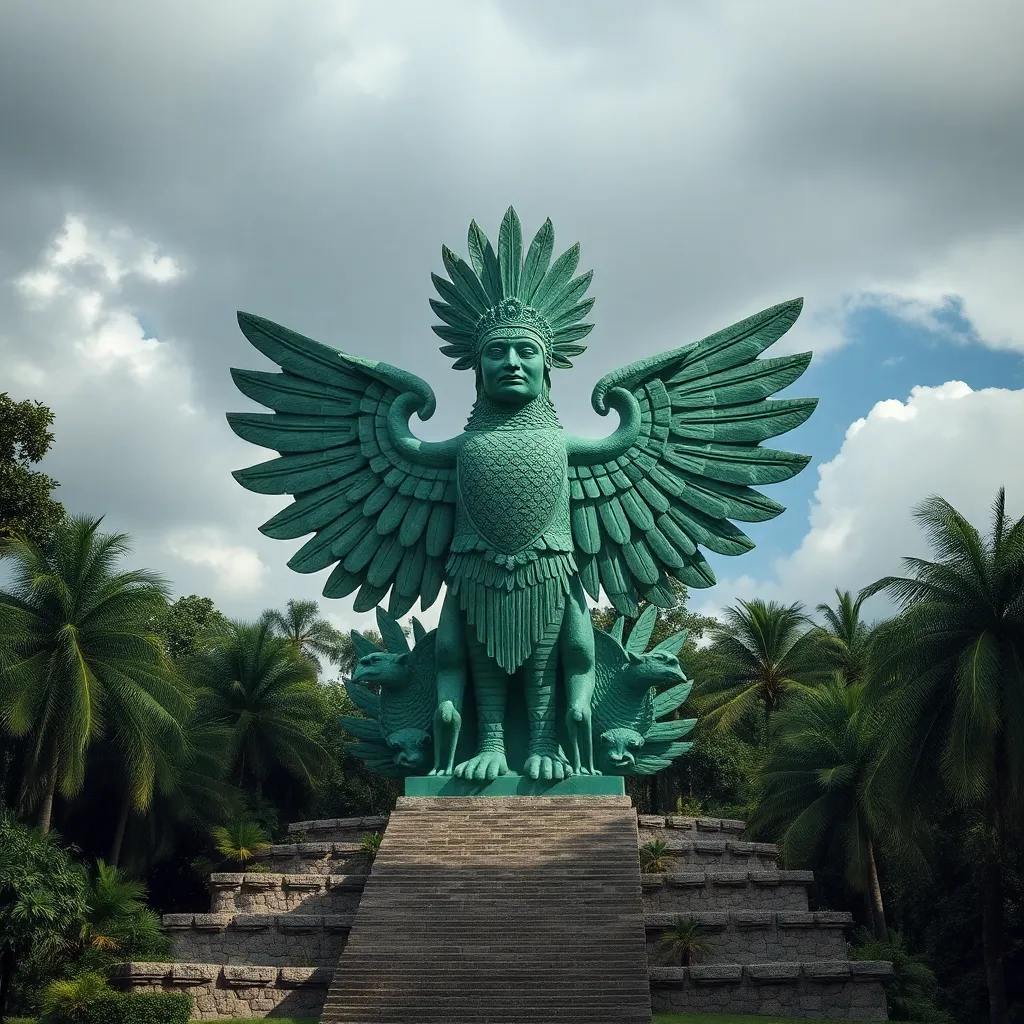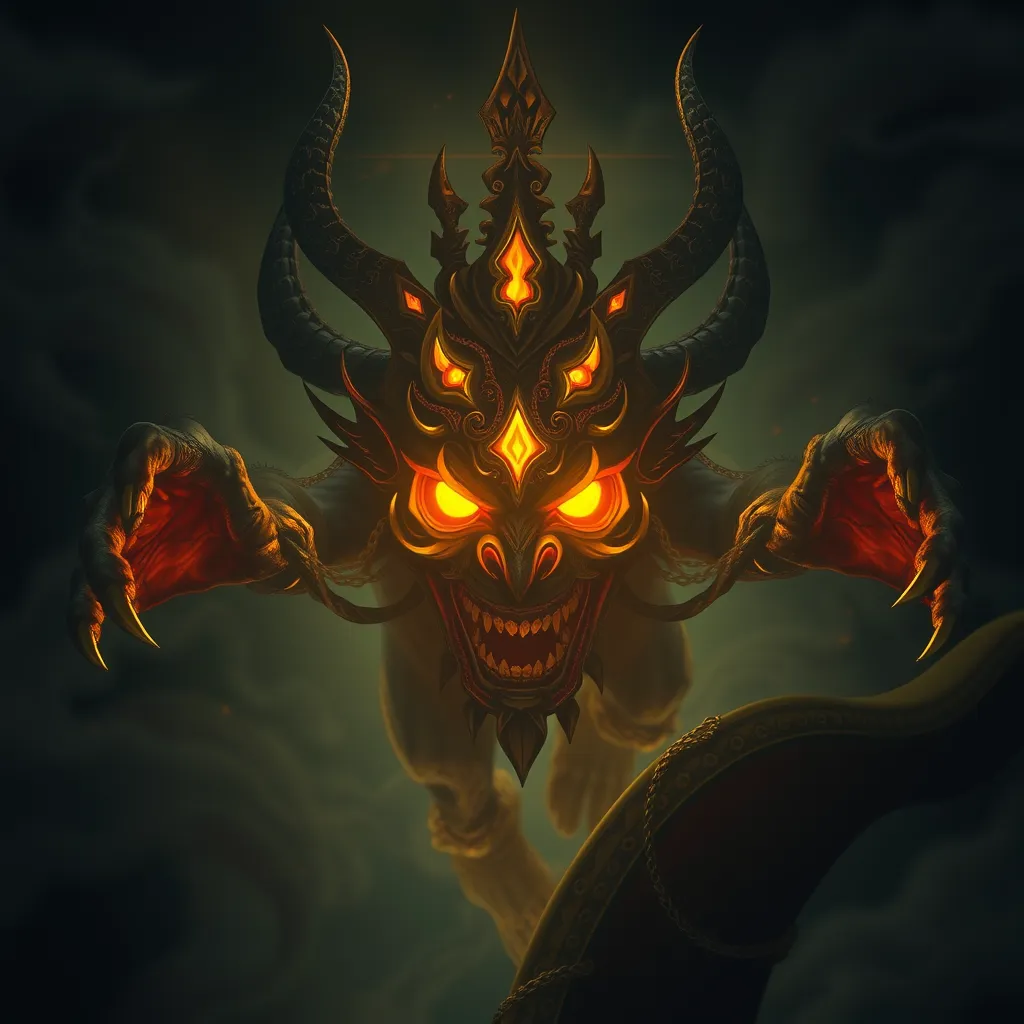The Sylvan Sorcery of Celtic Elves: From Faerie Courts to Druidic Lore
I. Introduction
Celtic mythology is a rich tapestry of beliefs, stories, and traditions that have been woven through the centuries. It encompasses a vast array of deities, mythical creatures, and cultural practices that reflect the values and worldview of the ancient Celtic peoples. Among these enchanting figures are the elves, often associated with the faerie realms, who play a significant role in the lore and legends of the Celts.
This article aims to explore the nature of Celtic elves, their connections to faerie courts, and their relationship with druidic lore. By examining these elements, we can gain a deeper understanding of how these mystical beings influenced Celtic spirituality and storytelling.
II. The Nature of Celtic Elves
A. Distinctions between Celtic elves and other mythological beings
Celtic elves differ from the elves found in other mythologies, such as the Norse or Germanic traditions. While all elves share a connection to magic and nature, Celtic elves are often portrayed as more deeply integrated into the natural world and its cycles. They are not merely whimsical beings but are also protectors of the land and its secrets.
B. Characteristics and attributes of Celtic elves
Celtic elves are typically depicted as ethereal beings, often possessing:
- Long, flowing hair
- Delicate features and an otherworldly appearance
- Strong connections to nature, often depicted with flora and fauna
- Magical abilities, including shape-shifting and enchantment
They are known to be both benevolent and mischievous, capable of bestowing gifts or curses depending on their whims and the respect shown to them by humans.
C. The role of elves in Celtic folklore and storytelling
Elves serve as crucial figures in many Celtic folktales, often acting as intermediaries between the human realm and the faerie world. Their stories frequently convey moral lessons, reflect cultural values, and illustrate the importance of harmony with nature.
III. The Faerie Courts: An Overview
A. Understanding the structure and hierarchy of faerie courts
The faerie courts in Celtic mythology are structured societies governed by their own rules and hierarchies. Each court is ruled by a king or queen, with various noble figures and faerie warriors serving beneath them. These courts are often depicted as beautiful, shimmering realms hidden from human eyes, existing parallel to our own world.
B. Key figures and deities within the courts
Some prominent figures in the faerie courts include:
- Queen Mab: A powerful and influential faerie queen, often associated with dreams and the night.
- King Auberon: The king of the faeries, known for his wisdom and magical prowess.
- Leanan Sidhe: A muse-like faerie who inspires artists and poets, often at a great personal cost.
C. The cultural significance of faerie courts in Celtic society
The faerie courts held significant cultural importance in Celtic society, representing the mysteries of the natural world and the unseen forces at play in life. They served as a reminder of the thin veil between the human realm and the magical, with stories about faerie interactions emphasizing caution and respect for nature.
IV. Druidic Lore: The Connection to Elves
A. The role of druids in Celtic spirituality and nature
Druids were the spiritual leaders of Celtic society, acting as priests, teachers, and mediators between the material and spiritual worlds. They possessed deep knowledge of nature, herbs, and the cycles of life, often serving as guides for their communities in both practical and mystical matters.
B. How druids interacted with elves and faerie beings
Elves and druids shared a symbiotic relationship within Celtic lore. Druids were believed to have the ability to commune with elves, gaining wisdom and insight from these magical beings. In many tales, druids were called upon to mediate disputes between humans and faeries or to seek the favor of the faerie courts.
C. Symbolism of nature and magic in druidic practices
Druidic practices often emphasized the importance of nature and the magical properties of plants and animals. Their rituals were intertwined with the natural world, reflecting a deep reverence for the earth. This connection to nature parallels the attributes of the elves, reinforcing the idea that both druids and faeries are guardians of the land.
V. The Interplay of Magic and Nature
A. The significance of the natural world in Celtic elf lore
The natural world is a central theme in Celtic elf lore. Elves are often seen as protectors of forests, rivers, and meadows, embodying the spirit of nature itself. Their stories highlight the importance of living in harmony with the environment and respecting the delicate balance of life.
B. Magical practices associated with elves and druids
Magical practices in Celtic tradition often involve rituals that honor both elves and the natural world. Some common practices include:
- Offering gifts to the faeries, such as milk or bread, to gain their favor.
- Creating sacred spaces in nature, like groves or stones, to connect with the spirit world.
- Using herbs and plants in rituals to harness their magical properties.
C. The concept of harmony with nature in Celtic traditions
Harmony with nature is a recurring motif in Celtic traditions, emphasizing the interconnectedness of all beings. Both elves and druids embody this principle, teaching that respect for the land and its inhabitants is essential for a balanced and fulfilling life.
VI. Folktales and Legends: Elves in Celtic Stories
A. Notable tales involving elves and their impact on culture
Many folktales feature elves prominently, shaping cultural narratives and values. Notable stories include:
- The tale of the Tuatha Dé Danann, the mythical race of beings who are often associated with elves and the faerie courts.
- The story of Oisín and Niamh, where Oisín, a mortal, falls in love with a faerie princess and enters the land of the faeries.
- The Legend of the Selkie, where seals transform into beautiful women, intertwining human and faerie themes.
B. Analysis of recurring themes in elf folklore
Recurring themes in elf folklore include:
- The allure of the faerie world and its dangers.
- The moral lessons about respecting nature and the faerie realms.
- The consequences of human greed or disrespect towards the faeries.
C. Comparisons with other mythological traditions
While Celtic elf lore shares similarities with other mythological traditions, such as the fairies of English folklore or the elves of Norse mythology, it is distinct in its deep connection to nature and the spiritual world. The Celtic perspective emphasizes the duality of elves as both protectors and tricksters, reflecting a more nuanced understanding of their role in the cosmos.
VII. The Legacy of Celtic Elves in Modern Culture
A. Influence on contemporary literature and media
Celtic elves and faerie lore have significantly influenced contemporary literature and media. Modern fantasy works often draw inspiration from these ancient stories, incorporating elements of Celtic mythology into their narratives.
B. Revivals of interest in Celtic mythology and elf lore
In recent years, there has been a revival of interest in Celtic mythology, with many seeking to reconnect with these ancient traditions. This resurgence is reflected in literature, film, and art, where the enchanting world of Celtic elves remains a source of fascination.
C. The enduring appeal of the faerie courts in popular culture
The faerie courts continue to capture the imagination of people around the world. Their portrayal in popular culture often emphasizes the mystical and enchanting aspects of these beings, reinforcing the allure of the faerie realm as a place of magic and wonder.
VIII. Conclusion
In conclusion, Celtic elves represent a profound aspect of the rich tapestry of Celtic mythology.



